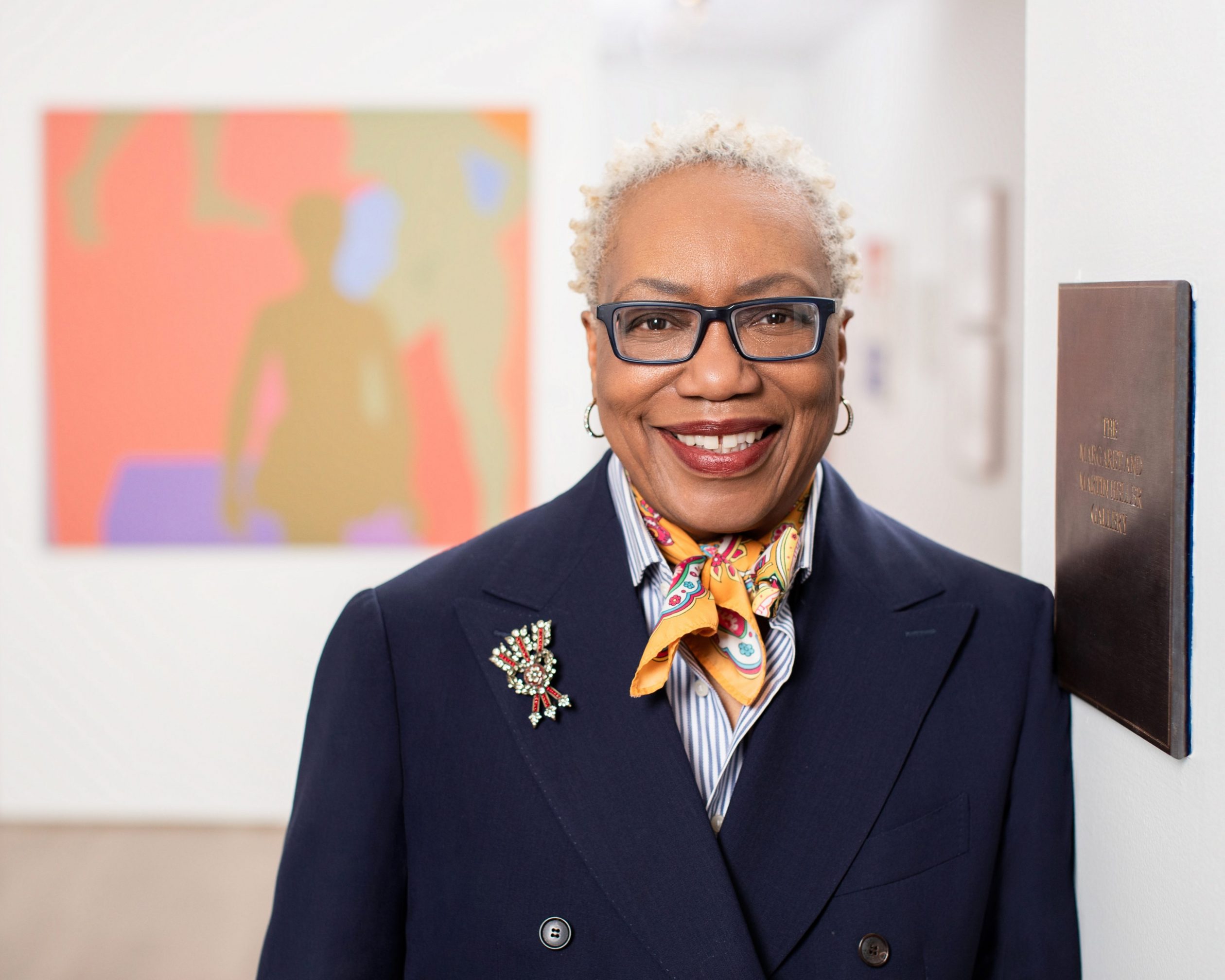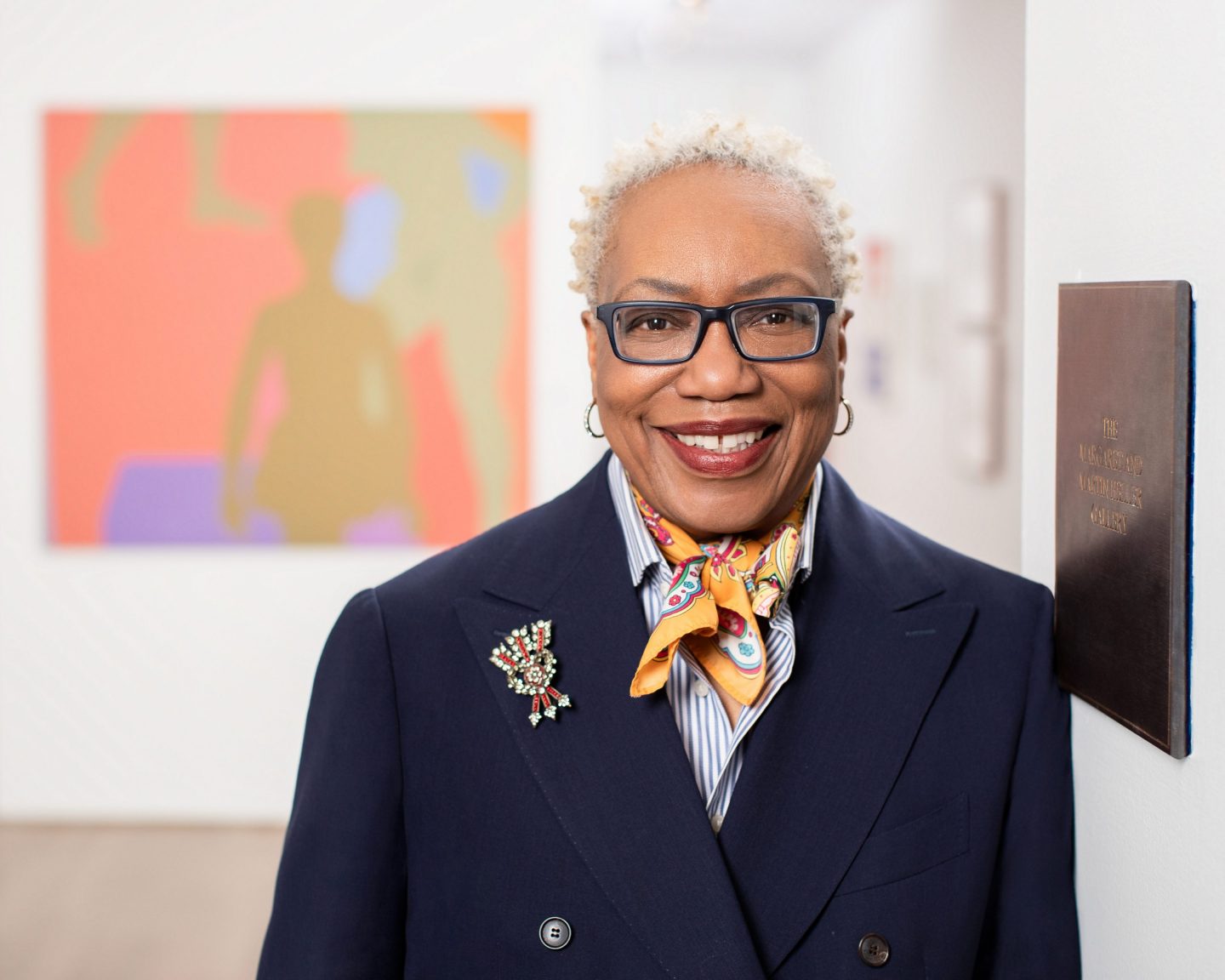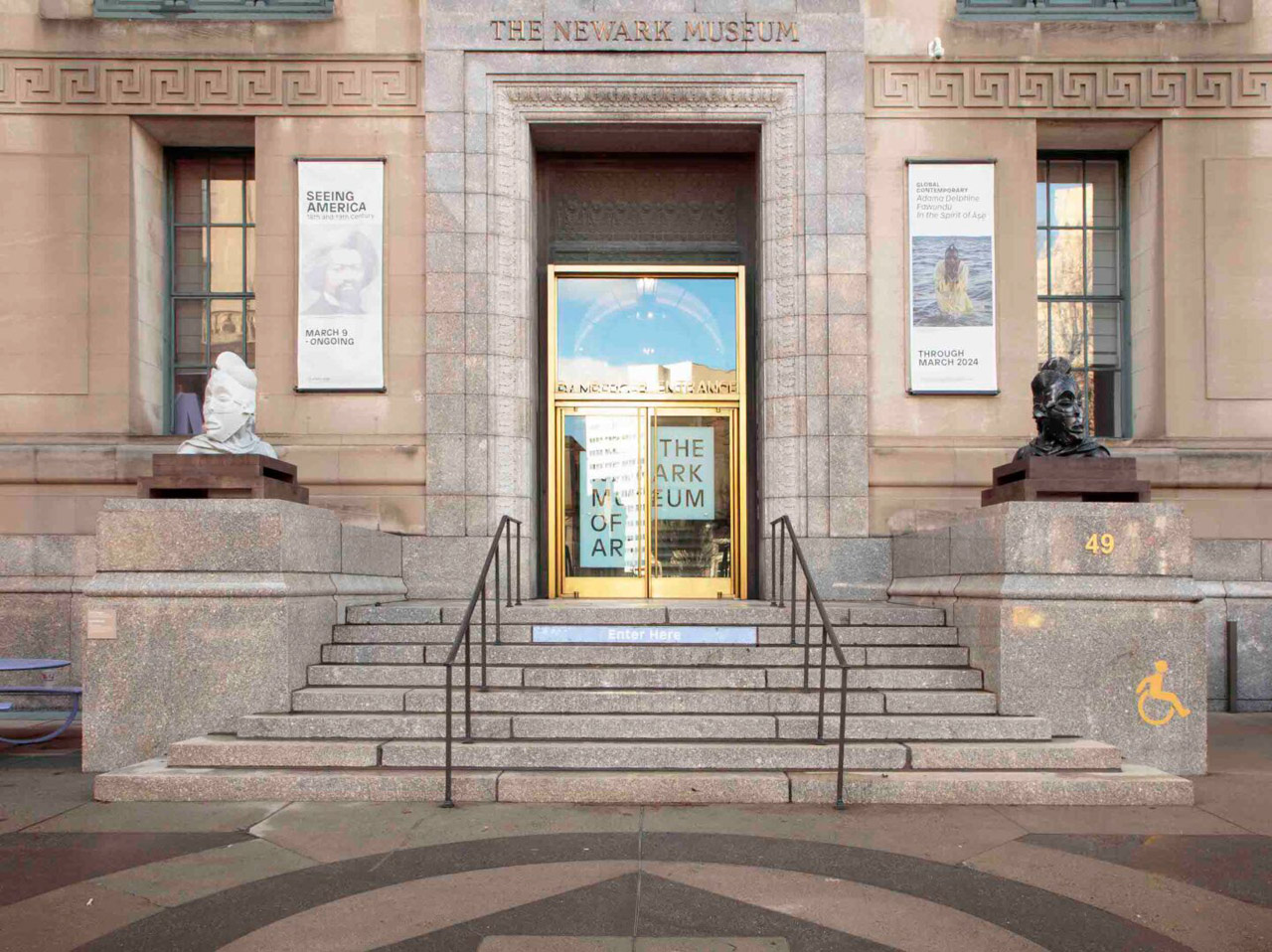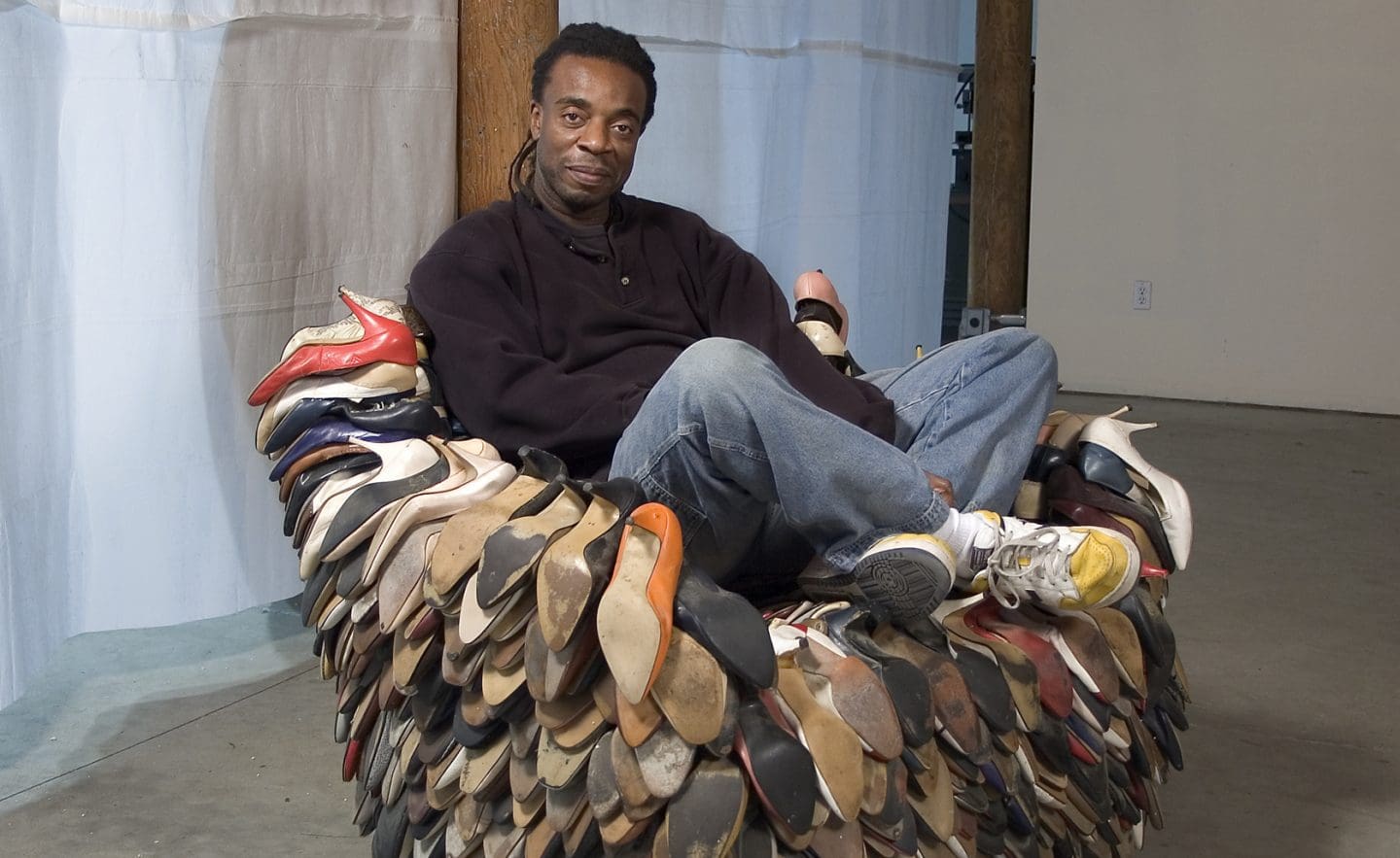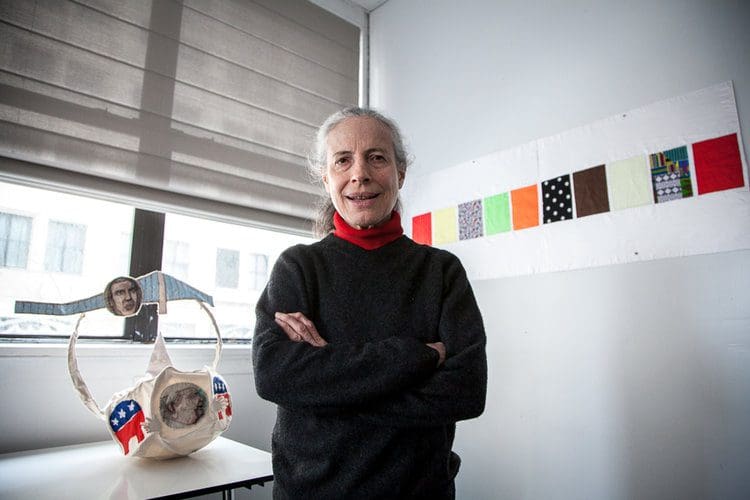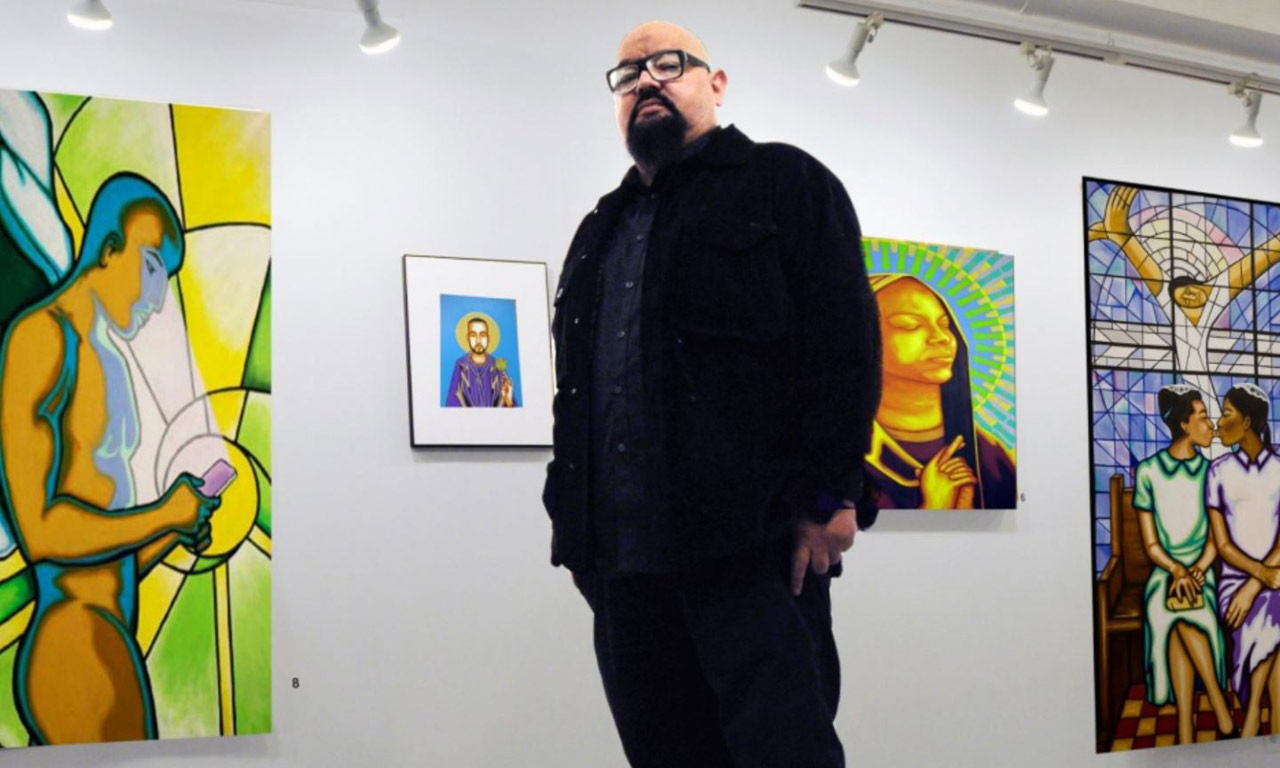In conjunction with the exhibition — the first major museum retrospective of a Filipino American artist — the Museum has also partnered with Rutgers-Newark on The Filipino American Oral History Project to collect and document the rich experiences of local Filipino Americans.
In particular, this collaboration highlights the significant impact of Filipino Americans in the Greater Newark and New York City area—home to one of the largest Filipino American populations in the country. I found myself smiling as I enjoyed the reflections of our visitors displayed in the interactive segment of the Carlos Villa exhibition. I realized seeing old fashioned letter writing added to the texture and personalities of our guests sharing their moving stories.
The project is divided into two phases. The first honors the stories of Filipino American artists, leaders and changemakers from our very own community, such as Carmelyn Malalis, former Commissioner of the NYC Commission for Human Rights, and Patrick Rosal, poet, Professor of English, and Co-Director for the Institute for the Study of Global Racial Justice at Rutgers-Camden. The second documents the foundational immigrant stories of Newark’s local Filipino American community members. Listen to participants’ stories from Phase 1.
As we enter the second phase of the Oral History Project, we also prepare to bid farewell to Carlos Villa’s exhibition. It’s important, then, to reflect on the impact of his work in raising awareness around Filipino American and non-Western art–a direct inspiration for the oral history project. Carlos Villa, a first generation Filipino American born and raised in San Francisco attended the San Francisco Art Institute at the height of the Beat era. He left troubled by a teacher’s comment that “there is no Filipino art history,” which launched his study of non-Western art in search of his cultural roots and identity. It was precisely this journey that led him to the inclusive art and activism that would eventually define his career.
The exhibition, on view through May 8, is a compelling display of one artist’s lifelong attempt to bring minority voices into the whitewashed canon of Western art. I hope you’ll come see the show before it closes and experience the life’s work of this singular artist.
Together, Carlos Villa: Worlds in Collision and The Filipino American Oral History Project bring Filipino American experience into regional and national conversation like never before. Our team is inspired and captivated by the many anecdotes, memories and cultures of our community. For those in our tri-state Filipino-American community, we hope these opportunities have felt, and continue to feel, like a homecoming.
To coming home together,
Linda C. Harrison
Director and CEO
The Newark Museum of Art
